2020/06/29
現在予約受付中のS40’s
この企画はもちろん生地から作ったのですが、その際にVintageの糸を解き、撚糸回転数や糸のムラ形状を調べて貰ってます。
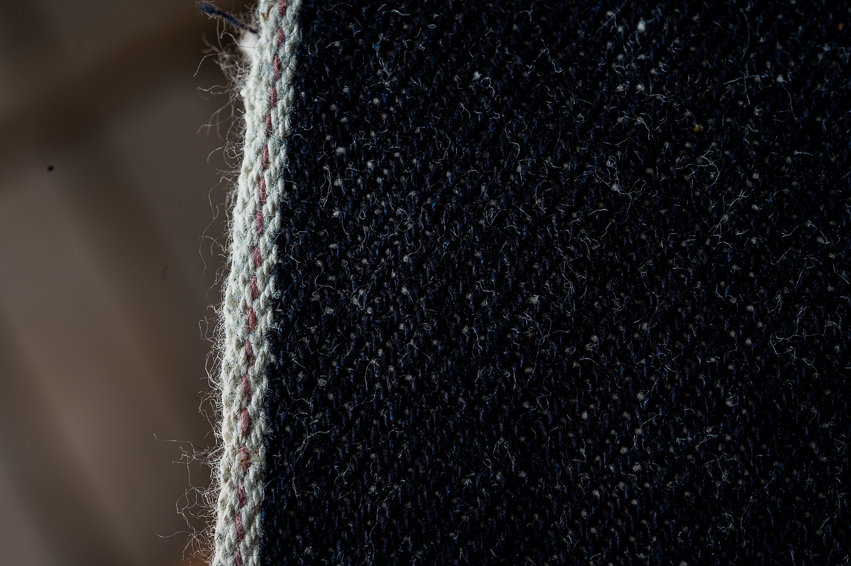
The fabric of S40’s is made after the analysis on the threads shape and the spinning method used.
写真は糸になる前の綿 This picture shows the cotton used for S40’s
この綿を強撚のネップ糸で仕上げて行きます。
Hard twisted yarns with so much of neppiness gives a solid texture to the fabric.
混打綿という綿をキレイにする工程が今より完璧じゃ無かった頃の糸を再現する為に、綿に葉カスや種子が若干残った状態で紡績して頂いてます。
Some leaves and seeds can be seen in the cotton but that’s the way cotton used for jeans looked back then.

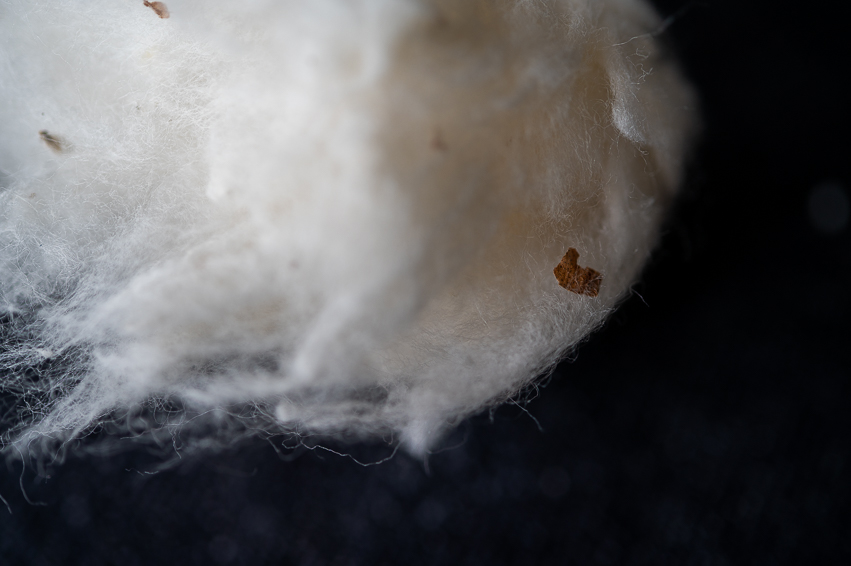
綿自体の色も現代の綿の作り方だと基本的に品質改良で白度を増した綿花を生産して行くのが主流みたいなのですが、
今回は当時のクリーミーなくすんだ色の綿をしようしています。
Nowadays the definition of good cotton is often regarded as the whiteness made possible by breed improvement but this time we have focused on the creamy tinge on the fabric which is an iconic detail of the WW2 fabric
(経糸はロープ染色してしまうので意味が有るのか最初は疑問に思ったのですが、色落ちした際には白度の色の違いが出て来るとアドバイスを頂き採用しました。) I was a bit skeptical about the meaning of using this cotton for the warps since warps are dyed in Indigo but our partner from the mill advised me that it’d make a difference on the fades so we have adopted this cotton for the warps as well.
緯糸にも同じ色の綿を採用しております。
只し、Vintage分析の結果、経糸とは撚りの回転数やムラの形状を変えております。
左がTCBWW2用の綿 右は現在主流の綿 ( Left: cotton for WW2 Right: cotton used for denim nowadays)
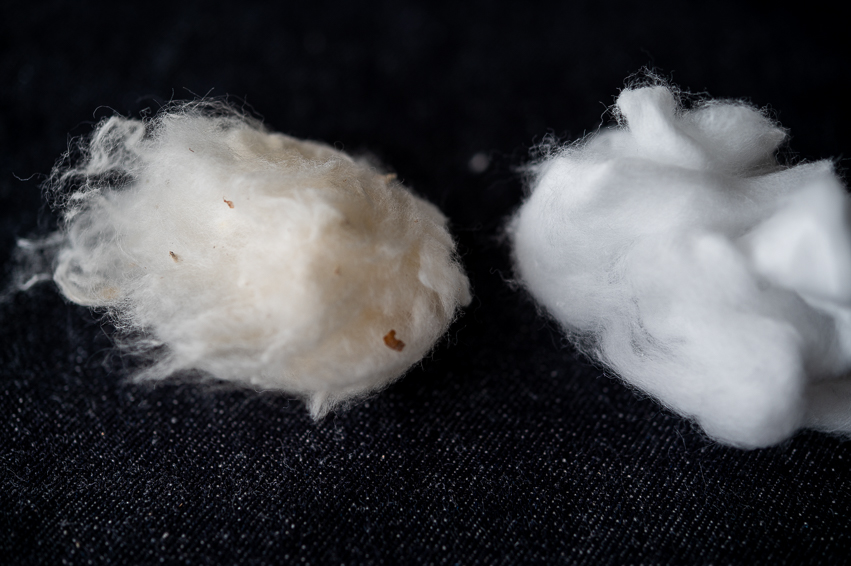
それとインスタLiveでは語りましたがジーンズの脇の抑えステッチ。
We talked a bit about the side stitch in IG live.
English Ver
児島ではクインチと呼びます。
In Kojima, we call it quench stitch.
抑えを英語でQuenchって呼ぶのと、昔先輩に聞いた説だと脇の抑えステッチの長さが帯から9インチって指示が有ったのを、みんなクインチクインチって呼び出したっていうのも聞いた事有ります。 It’s kind of a superstiton but the length of stich is 9 inch and in Japanese nine is pronounced as Ku. The words abbreviated and started to be called Ku inch, kwinch, Quench..
余談ですが私が児島に来てすぐ務めた縫製工場がメインで作ってたブランドの指示書は数字が全部インチで書かれてました。On the paper pattern of the jeans for the sewing company I used to work for, the instructions were all written in inches so this theory might be true after all.
なので9インチ説も濃厚ですよね。
前置きが長くなっちゃいましたが、まずはVintageの右のクインチ so much for the talking already but this shows the right Quench stitch.
運針が広めで太番手が使われています。 wide seam with thick threads which is often seen on XX.
XXでよく観る仕様です
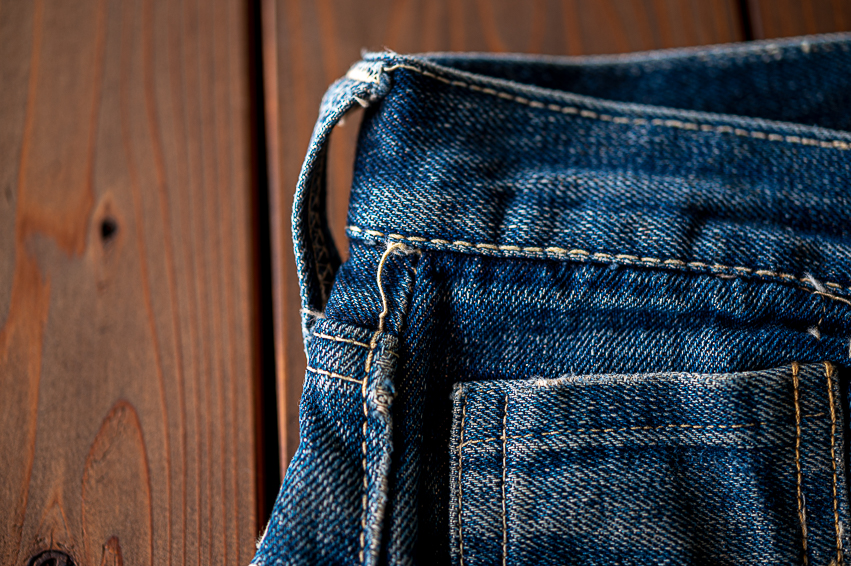
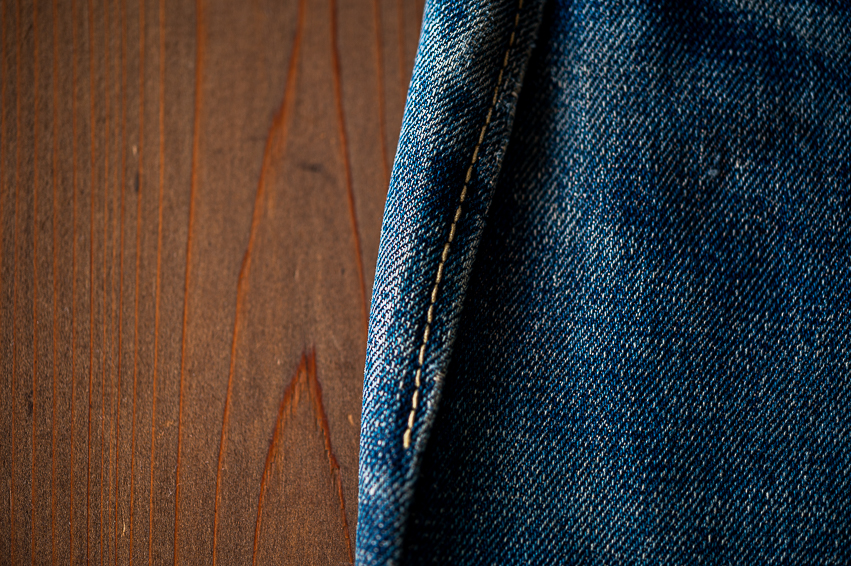
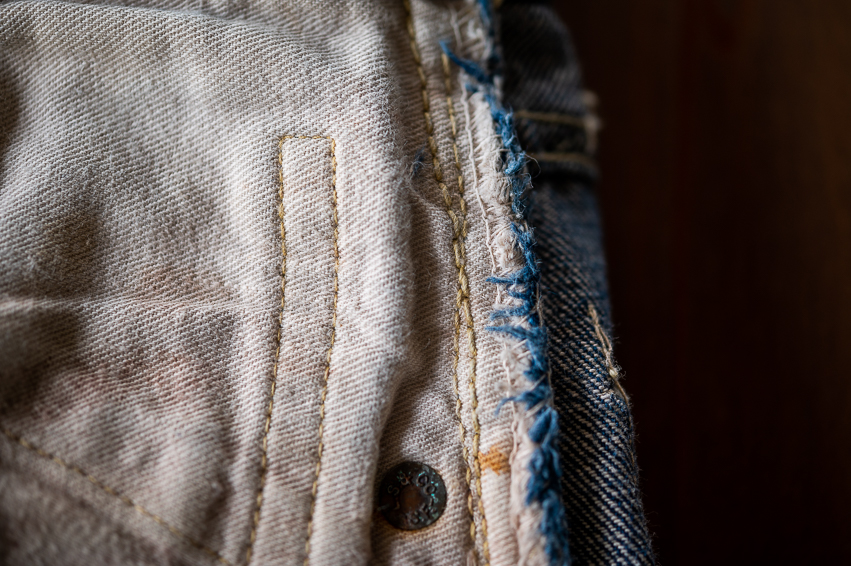
一方左はクインチのピッチが右に比べると少し細かく糸番手も細く観えます。 On the other hand, the pitch is a bit more fine than the other and so is the yarn count for the sewing thread.
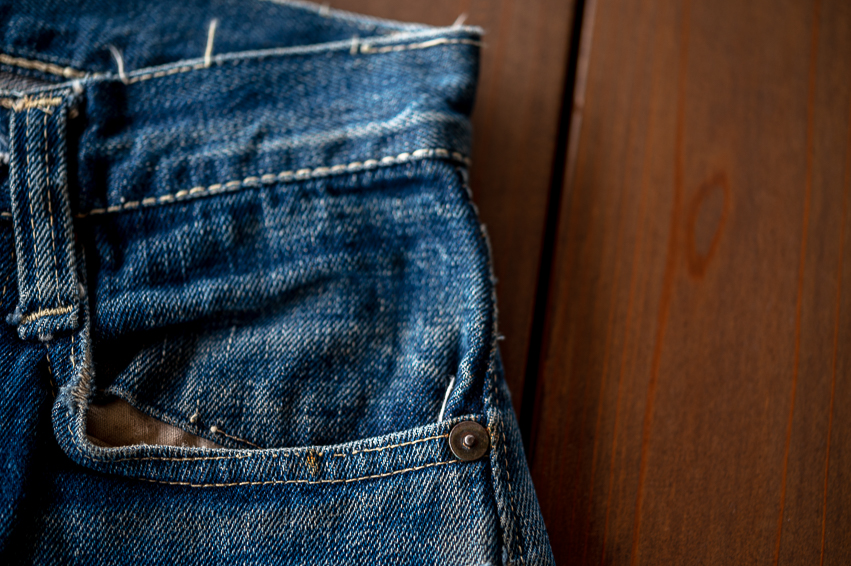
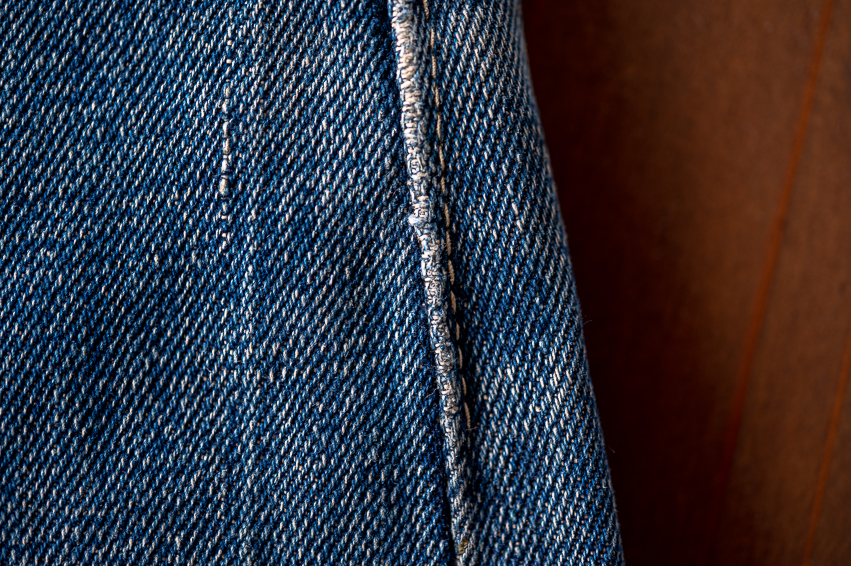
何気なくひっくり返すと変わった仕様で左だけチェーンステッチになってました。 Looking more closely, the left is sewn with chain sticking.
いつもアメリカのvintageの変な仕様を観た時に想像出来るのは,
楽に縫うためには簡単に縫うためには、という多少強引な合理的な工夫が我々を魅了する魅力の一つと思うのですが、
この仕様だけはどう想像しても何で、こうしたかは不明です。
ミシンの台数に限りが有る工場ならまだしも、Leviの当時の工場の写真を観ても台数に限りが有った説では無さそうです。
When I see this kind of peculiar details on the jeans, I feel some irrationality is partly the attractiveness but even I can not guess why this happened. Looking at the pictures of the Levis sewing factory, they seemed to have a plenty of sewing machines to sew this part in the normal way.
もちろん
今回のTCBS40’sJeansでは何でこんな縫い方したのかねって言いながら脇のクインチを2台のミシンでピッチをそれぞれ変えて縫い上げたいと思います。 Of course, these details will be on our WW2 model but we’ll make the jeans, still guessing why different stitches…
